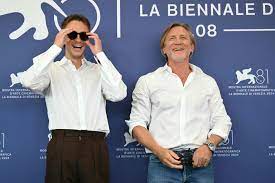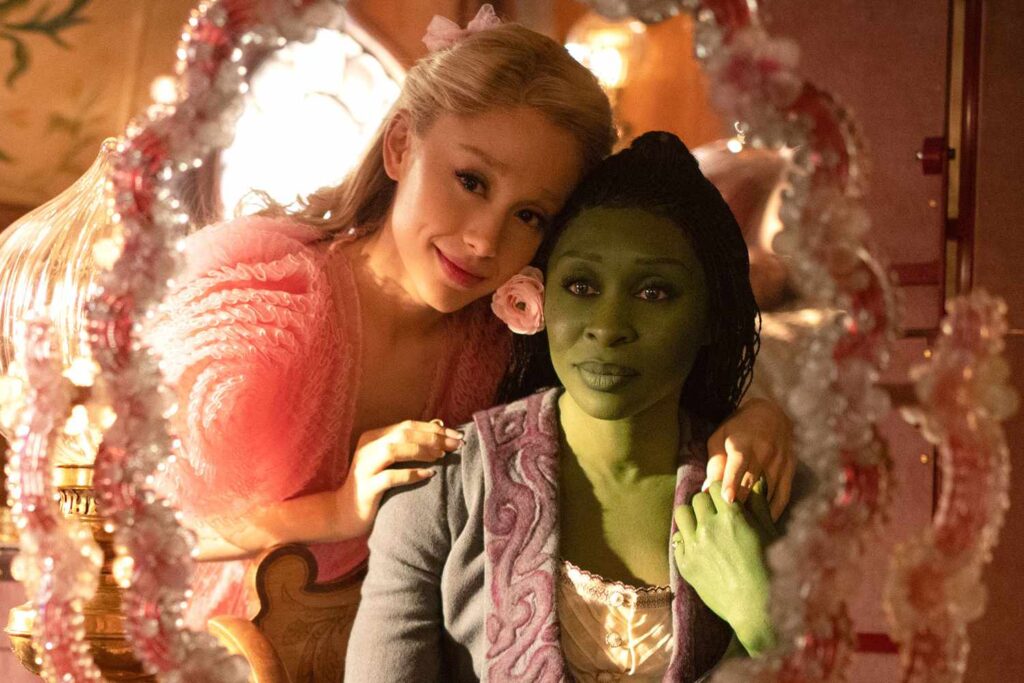Queer, the latest film from director Luca Guadagnino and his Challengers writer Justin Kuritzkes, is a disappointing film.
The film is based on a short novel of the same name by Beat writer William S. Burroughs (though it also seems to borrow heavily from some of his letters and events in his own life).
William Lee (Daniel Craig), which used to be Burroughs’ pen name, is a sleazy junkie who spends his days looking for lovers and getting drunk in post-war Mexico City. When he catches sight of an attractive young man, Gene Allerton (Drew Starkey), on the street one night, he is completely smitten.
Lee believes himself to be gay (despite Burroughs’ own vehement denials of such), and, wondering if Gene is like him, he tries to seduce him.
The two dance a dance of desire and repulsion for nearly three hours as Lee struggles with drug addiction and heroin addiction, and eventually brings Jean along on a wild goose chase through South America in search of yagé, more commonly known as ayahuasca.
Lee is entranced by the drug’s psychedelic properties and its alleged ability to make users telepathic. Overwhelmed by his hopeless desire for Jean, he seeks to use the drug to express the feelings he is unable to speak out loud.
Craig swaps out his chicken-fried Benoit Blanc accent for a more civilized Southern accent, giving Lee a meek, awkward, insecure demeanor. It’s a real departure from his many cold roles on stage as Macbeth, in films like Road to Perdition, and, of course, as James Bond.
Starkey is a lovable counterpoint to Craig’s dusky and drunken look. He’s full of youthful vigour and an interesting restraint (even if the glasses he wears make him a near-perfect copy of Milo in Disney’s Atlantis: The Lost Empire). Though he sleeps with Lee, it’s never clear whether Gene is gay as well. He doesn’t give a conclusive answer (probably because he’s not ready to face it himself), and Starkey displays a wonderful restraint.
Jason Schwartzman is also worth noting for his comic relief as fellow ex-pat Joe, who brings this eccentric outcast to lovely life. The running joke about his lovers stealing his things is one of the funniest aspects of the film.
Guadagnino loves to create evocative and lyrical images as a director, and there’s certainly no shortage of stunning backdrops and images of nightlife outside the windows of bars and hotel rooms. Each shot here is carefully composed, more like a painting than a frame of film, but it’s all pretty without any soul. The images are hollow, just pretty pictures and nothing more.
His most interesting shots are reminiscent of the surrealist movement of the 1920s, resembling scenes from the paintings of Man Ray and the films of Luis Buñuel. A nude woman with no legs floats in space, disembodied.
One scene later, Lee sees clay fragments of her legs on the street. Guadagnino leans toward the spiritual here, which echoes themes in Burroughs’ work. Though visually striking, it’s never clear what the purpose of these scenes is. The whole project seems more a realization of Guadagnino’s artistic pretensions than anything else.
If you know Burroughs’ work and life, there are a few Easter eggs here (most notably in the reconstruction of the “William Tell” act that led to the murder of the author’s first wife). But who is Lee, other than a junkie and a man consumed by desire? When it comes to Jean, he is helpless, even if he is also manipulative and cruel. But to what end?
For all of Lee’s greed and his addiction (not just to drugs, but to sex and desire), there is no compelling commentary on identity and sexuality.
Instead, queerness is esoteric, often seeming to be deliberately so. Guadagnino seems to want to dishearten his audience so that they can endure the endless discomfort shared by the characters. The whole film smacks of self-importance and the need to remind us that those behind the camera are smarter than anyone in the audience.


